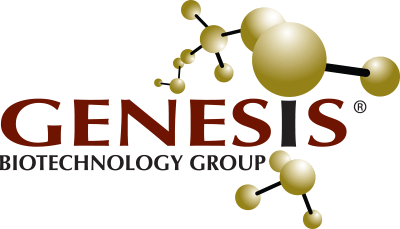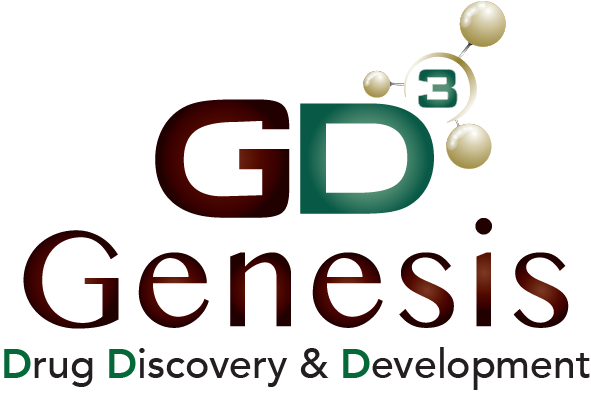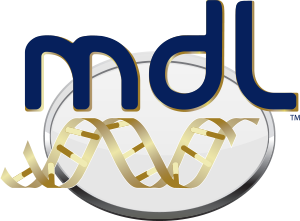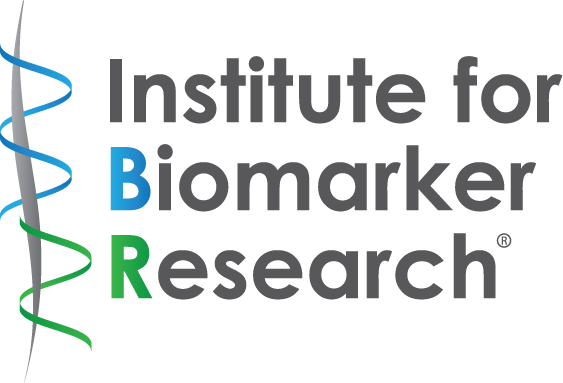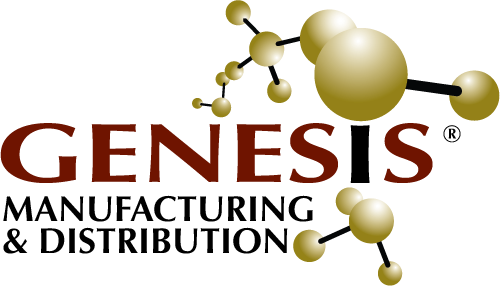SERVICES
PharmOptima scientists have provided biochemistry services to companies world-wide. We specialize in developing custom assays to meet specific client research needs.

What we can do for you:
- cell-based assays
- biomarker assays
- ELISA
- MSD electrochemiluminescence
- ligand binding assays
- Nuclease Protection Assay
- Protein purification and characterization:
- Affinity protein purification methods limited to:
- His-tag
- GST-tag
- MYC-tag
- FLAG-tag
- Fc fusion proteins
- Antibodies via protein A/G
- Traditional methods
- Affinity protein purification methods limited to:
- antibody purification and labeling (eg Biotin and sulfo-tag ruthenium for ECL applications)
- stable mammalian cell line generation and characterization
- protein expression
- eukaryotic expression systems (mammalian cell and insect cell/baculovirus)











